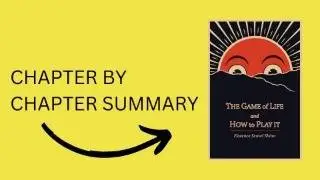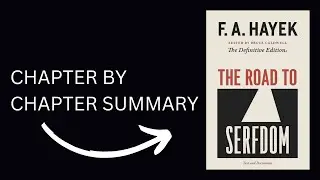Women Who Love Too Much Book Summary
I love coffee! Please support my channel with a $5 contribution by buying me a coffee: https://buymeacoffee.com/eneskaraboga "Women Who Love Too Much" by Robin Norwood is a crucial exploration of the painful relationship dynamics where women are deeply attached to emotionally unavailable men, confusing destructive obsession with real love. The book details the psychological roots of these harmful relationships, often tied to unresolved childhood issues, and offers a guide for recovery. Through its chapters, Norwood outlines why these women feel compelled to 'fix' their partners and the disappointment that follows when these efforts fail. This introduction to the summary highlights Norwood's insights and steps toward healing.
Chapter 1: Loving the Man Who Doesn't Love Back
In the opening chapter, Norwood introduces the concept of women who love too much. These are women who develop obsessive feelings for emotionally unavailable men and mistake that obsession for love. They allow the obsession to control their emotions and behavior, even when they realize it's negatively impacting their wellbeing. The key problem is they equate feelings of love with feelings of pain and anxiety.
Chapter 2: Good Sex in Bad Relationships
This chapter explores how women who love too much often use sex to try to win a man's affection and get him to commit. They pour all their longing and hopes for the relationship into every sexual encounter. Sex becomes a means of striving to change him, even in relationships that are otherwise unhealthy or unfulfilling.
Chapter 3: If I Suffer For You, Will You Love Me?
Norwood examines how women who love too much often believe that by enduring pain and suffering for a man, they can prove their love and devotion. They hope that their sacrifices will eventually be rewarded with the love and commitment they crave. However, this rarely works and only leads to more pain.
Chapter 4: The Need To Be Needed
This chapter delves into how women who love too much often have a deep-seated need to feel needed by their partners. They derive a sense of purpose and worth from taking care of a man's needs, even at the expense of their own. This stems from childhood wounds and a belief that they must earn love by being useful.
Chapter 5: Shall We Dance?
Norwood describes the addictive cycle that women who love too much often find themselves in. They are drawn to distant, troubled men and pour all their energy into trying to change and save them. When the man withdraws or mistreats them, they only try harder to win his love. It's a painful dance that repeats itself again and again.
Chapter 6: Men Who Choose Women Who Love Too Much
This chapter looks at the characteristics of men that women who love too much find irresistible - emotional distance, moodiness, and self-centeredness. These men are often addicts of some kind. They are drawn to women who will take care of them and tolerate their bad behavior without demanding too much in return.
Chapter 7: Beauty and The Beast
Norwood uses the metaphor of the fairy tale "Beauty and the Beast" to describe the fantasy that many women who love too much buy into. They believe that by loving a troubled man enough, they can transform him into a loving, committed partner. In reality, they often end up losing themselves and living in misery.
Chapter 8: When One Addiction Feeds Another
This chapter explores how addiction often plays a role in relationships where women love too much. Many women who love too much are also struggling with addictions, such as alcoholism, drug abuse, or eating disorders. These addictions are often intertwined with their obsessive relationship patterns.
Chapter 9: Dying For Love
Norwood describes how the pain of loving too much can become so great that some women consider suicide. They may feel that they can't live without the man they are obsessed with, even though the relationship is destructive. This chapter serves as a wake-up call about the dangers of losing oneself in an unhealthy relationship.
Chapter 10: The Road to Recovery
In this chapter, Norwood offers hope and guidance for women who want to break free from the pattern of loving too much. She outlines a 10-step program that includes seeking therapy, attending support groups, learning to set boundaries, and focusing on self-care and personal growth.
Chapter 11: Recovery and Intimacy: Closing the Gap
The final chapter explores what healthy love and intimacy look like. Norwood emphasizes that recovery is an ongoing process that requires patience and commitment. As women learn to love and value themselves, they become able to form relationships based on mutual respect, trust, and affection, rather than obsession and control.



















